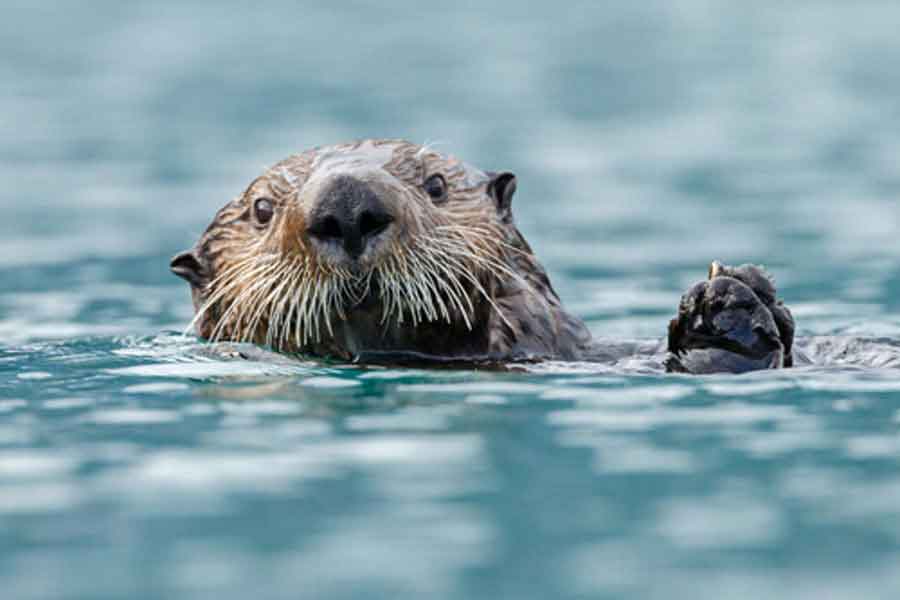
Many thousands of years before the history of human beings began to be written, on the Pacific Ocean coast that now belongs to California, there existed a wonderful coexistence between three inherently interesting beings: sea otters, kelp, and sea urchins.
Kelp is the marine plant with the highest recorded growth rate, growing an average of 50 centimeters per day. Its dense foliage intertwines to form forests that extend from the depths of the sea to the surface. Sea urchins prey on kelp to the point of completely destroying it, a fate prevented by the presence of sea otters, which feed on a large number of sea urchins daily, regulating their population.
These three beings lived in a balanced harmony until the mid-19th century, when humans began hunting sea otters for their valuable fur. By the early 20th century, sea otters were on the verge of extinction. Freed from their natural predator, sea urchins multiplied and decimated the kelp forests, nearly causing their disappearance.
Then nature managed to restore balance, giving this fantastic ecosystem a second chance. With the significant reduction in kelp forests, sea urchins began to die off due to lack of food. As the number of sea urchins decreased significantly, the kelp forests began to thrive once again. The protected sea otters, unable to increase their population after the slaughter, were no longer part of the regulatory trio. Instead, the cycle of the two remaining species took over: as the kelp forests grew, the sea urchin population increased, and when the kelp forests nearly vanished, the sea urchins died off in large numbers. In this way, the remarkable ecosystem, which supports many other animals, managed to survive.
However, human beings reappeared on the scene. In the mid-20th century, the area began to suffer serious pollution due to the presence of humans concentrated in coastal cities. Many animals fell victim to this contamination, and the scavenging sea urchins fed on them. This excess of food once again benefited the sea urchins, leading to a progressive and alarming increase in their population. The large number of sea urchins quickly started to prey on the kelp forests, but even when the kelp disappeared, pollution prevented the sea urchins from starving en masse.
At this point, the so-called «animal advocates» decided to take action, persuading local sports divers to descend into the sea armed with hammers to smash the sea urchins, believing that this measure would help regulate their population. Obviously, it did not turn out that way. It is ridiculous and even contradictory to believe that we can help nature by killing animals with hammers. The destruction caused by the divers only exacerbated the catastrophe caused by pollution but did not succeed in halting the advance of the sea urchins.
Humans trying to fix what humans have broken is often the beginning of disaster, as we tend to believe that as thinking beings, we can find the solution and promote balance. The true solution, however, lies in humans simply ceasing to do what they are doing. Humans need to regulate the pollution they cause and then sit back and watch as nature teaches us another lesson in balance. That ancient balance that reigned on our planet many thousands of years before the first monkey descended from the trees and began to think for itself.
«One cannot defend what one does not love, and one cannot love what one does not know.»

